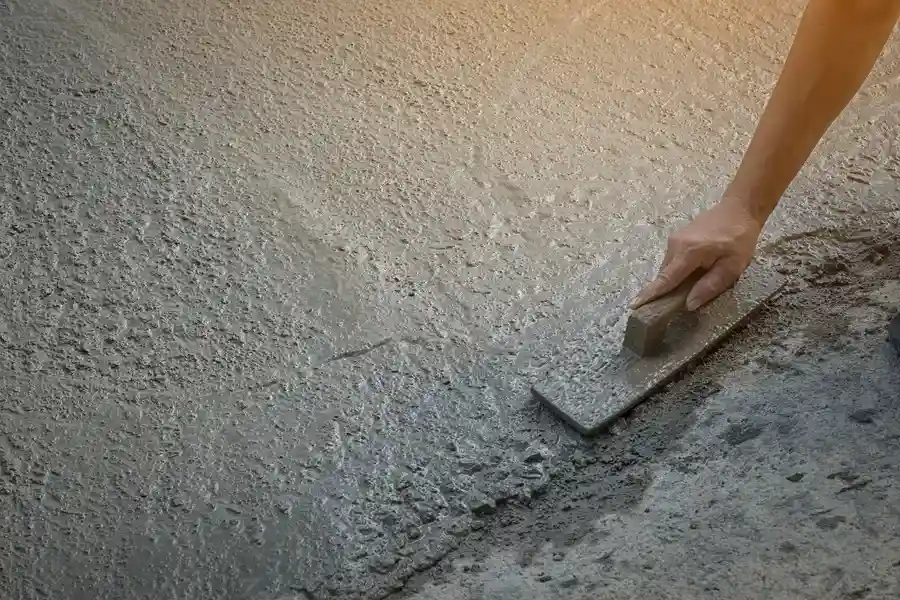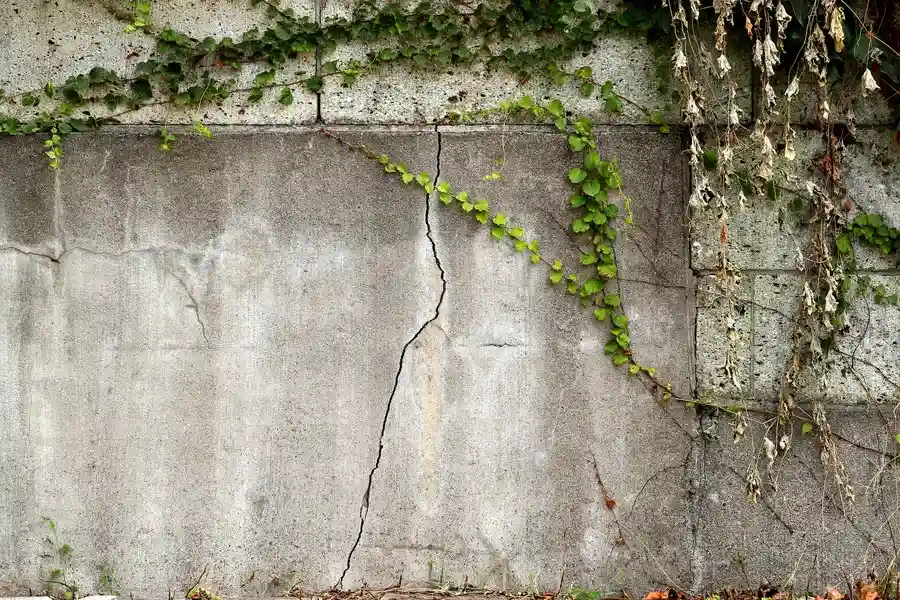The Influence of Climate on Concrete Longevity
Concrete is a durable material, but weather conditions can significantly affect its repair and longevity. Temperature changes, moisture levels, and other environmental factors play critical roles in determining how long concrete repairs last. Understanding these factors is essential for ensuring that repairs remain effective over time.

Temperature Fluctuations and Their Impact
Temperature plays a crucial role in the success of concrete repair projects. When temperatures are too high or low during repairs, it can lead to issues like cracking and reduced adhesion. For instance, repairing concrete in freezing conditions can cause the water within the mix to freeze, leading to expansion and cracks once it thaws. Conversely, extremely hot conditions can make the concrete set too quickly, resulting in weak bonding.
The Role of Humidity Levels
Humidity also affects the durability of concrete repairs. High humidity can prolong the curing process, potentially compromising the strength of the repair. On the other hand, low humidity may cause rapid evaporation of moisture from the concrete surface, leading to surface shrinkage and cracking. Ensuring optimal humidity levels is vital for achieving successful concrete repair results.
Precipitation’s Effect on Concrete Repairs
Rain and snow can directly impact the outcome of concrete repairs. Water ingress can weaken the bond between new and existing concrete layers, reducing overall structural integrity. Protecting newly repaired areas from rain or snowfall during the initial curing phase is necessary to maintain their durability.
Wind’s Influence on Curing Time
Wind speed influences how quickly the concrete dries. High winds can accelerate evaporation, leading to uneven curing and potential surface defects. Using windbreaks or protective coverings during the repair process can help control the curing environment, enhancing repair effectiveness.
Seasonal Considerations for Repair Timing
Planning repairs according to seasons is crucial for maximizing concrete repair durability. Spring and fall often provide moderate temperatures and humidity levels, making them ideal for repairs. Avoiding extreme weather conditions ensures better outcomes and extends the lifespan of the repair.
Best Practices for Enhancing Durability
- Select quality materials tailored for specific weather conditions
- Plan repairs during favorable weather periods
- Use protective coverings to shield against adverse elements
- Monitor temperature and humidity throughout the curing process
Implementing these practices helps ensure lasting repair solutions.
Long-Term Maintenance Strategies
Regular maintenance is key to preserving the longevity of concrete repairs. Routine inspections help identify early signs of wear and tear, allowing for timely intervention before significant damage occurs. Employing sealants and coatings can also protect repaired surfaces from moisture ingress and environmental degradation.
Seeking Professional Expertise for Optimal Results
For complex repair needs, consulting with professionals ensures precision and quality. Experts bring industry insights and experience, providing tailored solutions that meet specific requirements while adhering to industry standards.

Your Go-To Solution for Lasting Repairs
If you need expert assistance with your concrete projects, reach out to us at (510) 730-8179. At TK Constructions, we offer reliable services to enhance durability. Based in San Leandro, CA, our team delivers quality solutions tailored to your needs.